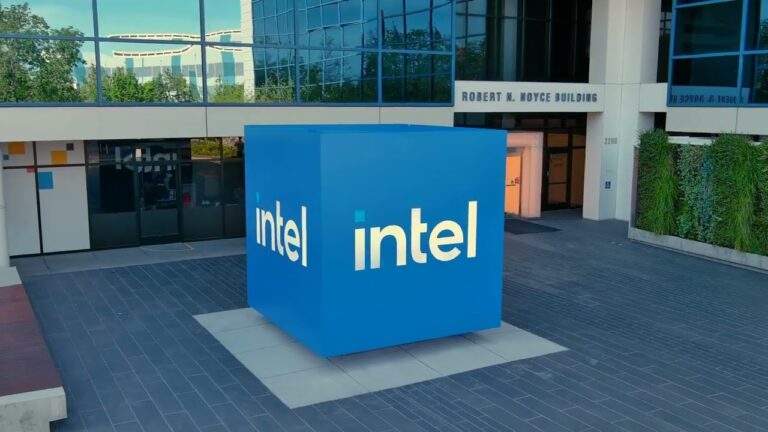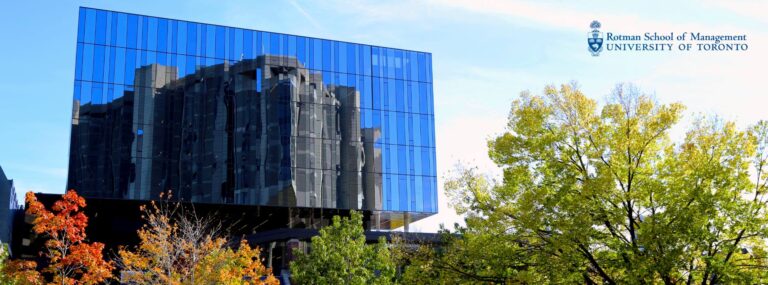Currently, the industrial sector in Saudi Arabia has received a considerable inflow of investment with SR38.6 billion ($10. 2 billion) in the first several months of 2024. This figure has increased compared to the same period in 2023: the result was achieved two months ahead of the previous year, as reported by Knight Frank’s annual review.
The report also reveals that new industrial licenses were granted following which 410 units were started, while 505 factories came into existence during the same period. The growth of the industrial sector has led to creation of 11,434 workplace. These investments make up a pretty sizeable percentage of the total which is roughly 83%. 7% from local sources and 8% from other and unknown sources. 3% from international investors and 8% from joint ventures.
Saudi Arabia’s non-oil sector expanded at a rate of 3.8% to reach 2512 in 2023 and SR2.5 trillion to the National GDP and now contributing 63% of entire economy of the country. The industrial sector’s investment also saw a significant increase of 63% last year to reach SR15 billion. This upward trend has persisted into 2024, and private sector investments have risen over SR7 billion in the first quarter.
Altogether, by the end of 2023 investment capacity for the industrial sector amounting to SR415 billion has been confirmed for 891 projects spread across the country. This is an indication of enhanced investors’ interest from both the domestic and foreign markets. Based on the report, foreign investments in Saudi Arabian industrial segment increased by 85%.
This growth has however been realized through efforts by a government agency known as the Saudi Authority for Industrial Cities and technology Zones. Open industrial territory now exceeds 209.67 million of square meters and accommodates 6443 factories and 7946 industrial, logistic and investment companies.
Government Initiatives
The Saudi Industrial Development Fund (SIDF) has played a major role in the progress of this sector. SIDF has lent over SR180 billion directly to more than 4,000 projects within the past fifty years, generating overall investments of approximately SR700 billion. SIDF’s National Industrial Strategy involves increasing the export values to SR557 billion by 2030, to make Saudi Arabia a competitive industrial power. The strategy also aims at the establishment of 2.1 million new jobs by 2030, the annual growth objective is set at SR97 in the logistics industry.
The manufacturing sector will grow to SR895 billion of the GDP annually by 2030 and exports of SR892 billion by 2035. These goals have been supported by the following initiatives to be implemented by SIDF. Tanafus program offers local manufacturers monetary encouragement as well as bonuses. On the other hand, the Sanea initiative is intended to support development of small and medium enterprises in the industrial segment.
On the same note, the Green Finance initiative supports sustainable industrialization. Therefore, the digital transformation support program enables industries to adapt to smart technologies and digital solutions.
This has prompted the surge of e-commerce which requires modern warehousing and logistics in the wake of the COVID-19 pandemic. This has in turn stimulated the establishment of technically enhanced warehouse premises throughout Saudi Arabia. One of such is the strategic collaboration between Saudi Aramco and the international logistics and supply chain company, DHL Supply Chain which resulted in the formation of ASMO with an aim of addressing the increasing need for efficient and sustainable supply chain solutions in the global market.
There has also been a surge in demand for storage facilities, last-mile logistics centers, and cloud kitchens, particularly for smaller, centrally located warehouses. The food delivery market in Saudi Arabia is thriving, valued at $10 billion in 2023 and projected to reach $14.9 billion by 2028.
As for the supply side of the warehousing and logistics facilities, there has been new development over the past one year. Based on the latest data, the gross warehouse and logistics area in Riyadh is 28 million sqm, most of which are new facilities and located in the Industrial Gate City. Jeddah has also experienced growth, with its total warehouse and logistics stock rising to 19.6 million square meters. A few of the crucial projects in Jeddah include Maersk’s logistics park and Aramex’s facility at Jeddah Islamic Port in addition to several plants established by Logi Point in Zahid Business Park.
However, in the industrial stock, there has not been any significant completions in the past one year in the Eastern Province. This has among other things led to a total stock of 7.96 million square meters. This has in turn resulted to high occupancy rates particularly in estates close to vital transport coridor and industrial estates.
Warehouse Rental Surge
The growing demand for warehouse and industrial facilities has led to a sharp increase in rental prices. In Riyadh, warehouse rents have risen by 10.5% to SR210 per square meter, while in Jeddah, rents have increased by 1.5% to SR208 per square meter. These rates reflect the market average for light industrial units and Grade B warehouse and logistics facilities, with supply constraints for primary and Grade A spaces across the country. National occupancy levels have reached an all-time high of around 97%, indicating strong market demand.
Logistics and warehouse distribution is one of the most in-demand property types in Riyadh as the city continues to invest in transportation and infrastructure projects and hosts other giga-projects including Diriyah Gate, King Salman Park, New Murabba, and Qiddiya. These measures are rising the demand for constructions and building materials and are stimulating new industrial and logistics parks construction.
Nevertheless, Saudi Arabia has experienced a rise in the demand for warehouses but limited quality warehouse spaces are available. This challenge is made worse by lack of experienced local real estate developers willing to undertake speculative development since most of the local land owners are shy away from development that they do not have adequate experience in constructing commercial real estate that meets international standards. Therefore, there is a vital shortage especially in the city of Riyadh.
But the international developers are showing interest in investing in Indian real estate market. These developers come in with rich experience in developing high-standard industrial and logistics projects. Getting the App into the right hands was fairly easy because iphone users are its constant companion, any persistent supply shortage can be met with potential partnerships with overseas and local developers in the future. However, availability of new warehouse spaces is likely to take another two years of construction, hence indicating in the short run the shortage will still prevail.
The country’s geographic location in occupying the Asia Africa Europe triangular and with the larger market consumption in the GCC and a core consumption hub in the MENA region makes it a linchpin in the commercial segment. Sitting on the Arabian Gulf and the Red Sea which accounts for 13% of world trade makes the Kingdom a strategic location for access into markets with over 6 billion people.




+ There are no comments
Add yours